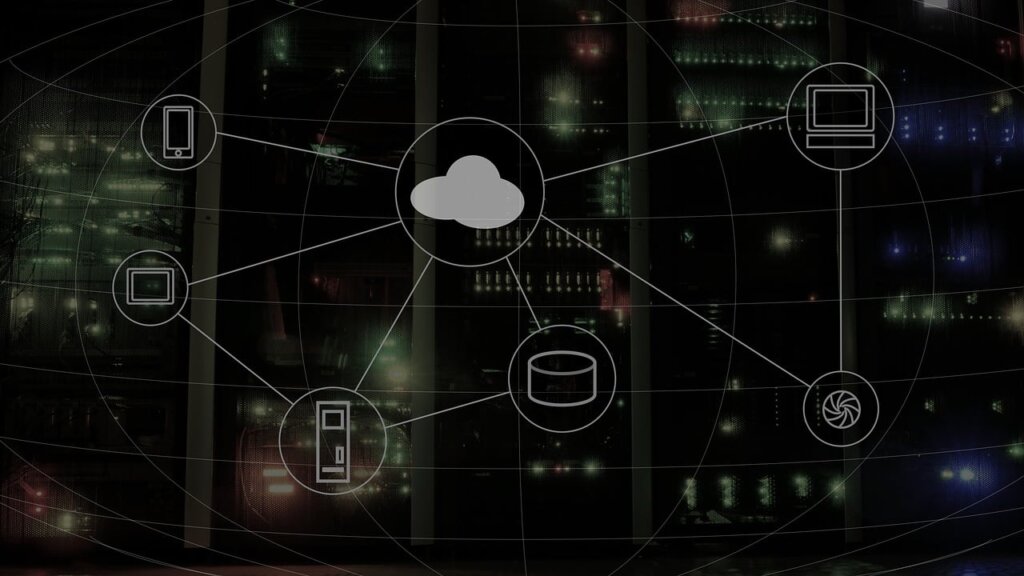You’re in the right place if you’re looking for a comprehensive guide on cloud computing. No matter whether you’re a beginner or an experienced professional. This article will introduce you to the basics of cloud computing. What is cloud computing? What are the different types of cloud computing? Courses related to cloud computing.
Alright, let’s get started.
What Is Cloud Computing?
Cloud computing is becoming a necessary component of our everyday life in the digital age, transforming the way we store, access, and handle data.
Cloud Computing Definition-
The on-demand availability of computer services, including servers, storage, databases, networking, software, and analytics, is known as cloud computing. Cloud-based storage provides distant file saving as opposed to local storage or local hard disc storage. Due to its ability to provide cost savings, improved working speed and efficiency, performance, and security, cloud computing is becoming more and more popular among individuals and enterprises.
Users may use various services from cloud service providers, including storage, servers, databases, software, and more, in place of purchasing and maintaining physical servers or infrastructure. It’s similar to renting resources as needed, as opposed to purchasing them completely. Users just pay for what they use using this strategy, which is flexible, scalable, and economical.

Concepts of Cloud Computing
Availability:
Depending on demand, cloud computing provides the flexibility to scale resources up or down. Since customers are only paying for what they use, this guarantees maximum performance and cost-effectiveness.
Resources Collaboration:
By combining and distributing cloud resources across several users, it is possible to increase usage and efficiency.
On-Demand Self-Service:
Without help from a service provider employee, users can provide and manage resources on their own.
Pay-Per-Use Method:
Cloud services are generally provided on a subscription-based or pay-per-use basis, meaning that users only pay for the resources they utilize. This approach is comparable to utility billing.
Types of Cloud Computing
- Private Cloud
A single company supervises and manages the fundamental structure of a private cloud, which provides the IT resources. Private cloud services are dedicated to a specific organization and are not shared with other users. They offer greater control, security, and customization options but require more resources and maintenance.
- Public Cloud
External providers of cloud services supply the resources as a fully managed service in a public cloud. Applications, for example, need computer resources like CPU, data storage, and internal memory. Independent companies provide public cloud services through the open internet. These services are right for organizations of all sizes because they are available to anyone who wishes to use or purchase them.
- Hybrid Cloud
A combination of private and public cloud services makes up a hybrid cloud system. Allowing data and applications to be shared between them. This offers flexibility, scalability, and the ability to choose the most suitable environment for different workloads.
- By maintaining sensitive data and important apps in a private cloud environment, the hybrid cloud allows companies to take advantage of the scalability as well as affordability of public clouds for workloads.
- Companies may guarantee high availability, disaster recovery, and business continuity in the case of a breakdown or loss by replicating data and applications across public and private clouds.
- With a hybrid cloud, businesses may best arrange their workloads according to requirements for data residency, performance, cost, and compliance.
- Hybrid cloud computing can be used by organizations as an initial stage for an innovative cloud migration of old applications. This strategy minimizes interference with corporate activities while allowing an effortless change.
- Multi-Cloud:
Using services from different cloud providers is known as multi-clouding. It improves resilience, helps prevent vendor lock-in, and enables businesses to make use of the unique benefits of many suppliers.
To sum up, every kind of cloud—public, private, and hybrid—offers different benefits and things to keep in mind. Organizations may encourage innovation, agility, and growth by making well-informed decisions about their cloud strategy by recognizing their differences and considering particular business requirements.
Public Cloud Vs Private Cloud
| PUBLIC CLOUD | PRIVATE CLOUD |
| Virtually unlimited scaling is provided by public clouds, allowing users to modify resource levels in response to demand. For companies of all sizes, this flexibility guarantees maximum performance and cost-effectiveness. | Control and Security: Compared to public clouds, private clouds provide better control and security over infrastructure and data. To suit their unique demands, organizations could change security policies, access controls, and compliance requirements. |
| Pay-per-use models allow customers to only pay for the resources they really use, which greatly decreases the cost of public clouds when compared to traditional physical infrastructure. | With private clouds, businesses may modify networking, software, and hardware setups to meet their specific needs. It is not always possible to attain this degree of customization in public cloud systems. |
| Since public cloud providers have data centers all over the world, companies can access a global customer base and install apps closer to users for better user experience. | To guarantee conformity to data protection and privacy laws, sectors with strict regulatory requirements, like healthcare, finance, and government, often select private clouds. |
| Businesses can concentrate on innovation rather than infrastructure management thanks to the extensive range of managed services provided by public cloud providers, including databases, analytics, artificial intelligence, and machine learning. | Private clouds allow businesses to easily connect their present technology with cloud services without compromising security or performance, especially for those with sensitive workloads or old systems. |
Cloud Computing Course Details
- Introduction to Cloud Computing:
The principles, infrastructures, and services of cloud computing are covered in basic detail in this course.
- AWS Certified Solutions Architect:
This credential, provided by Amazon Web Services, gives you the know-how to plan and implement dependable, secure, and scalable applications on the AWS platform.
- Microsoft Azure Fundamentals:
Designed with beginners in mind, this course goes over the fundamentals of pricing, security, and essential services for Microsoft Azure.
- Fundamentals of Google Cloud Platform:
After taking this course, you will be able to create and implement applications using Google Cloud technologies by learning about the core ideas and services of the Google Cloud Platform.
Conclusion
Cloud computing presents an enormous opportunity for utilizing scalable, flexible, and reasonably priced computing resources for both consumers and enterprises.







0 Comments